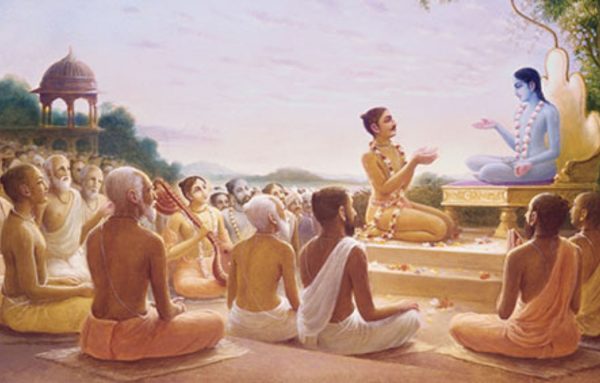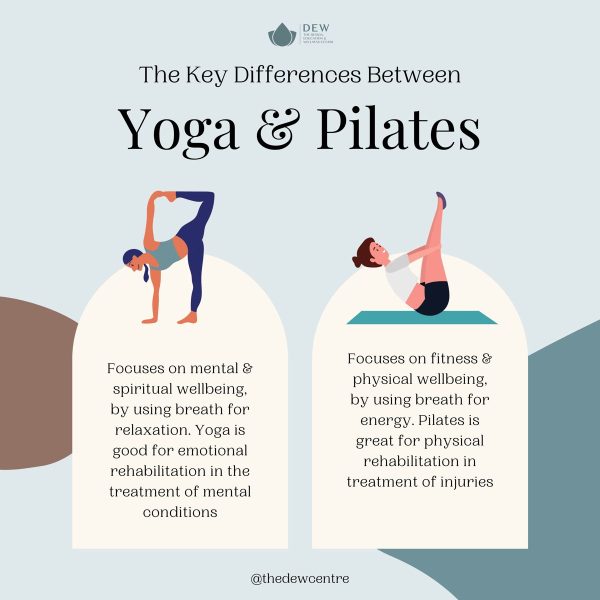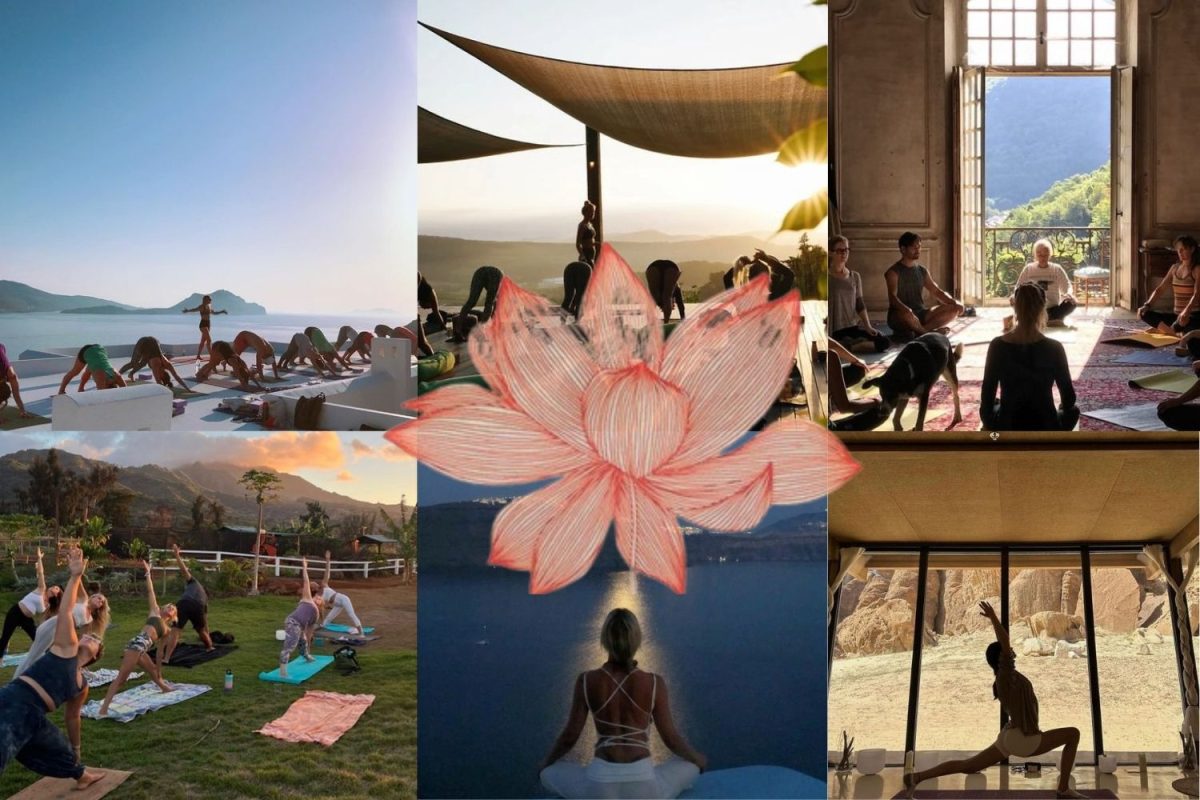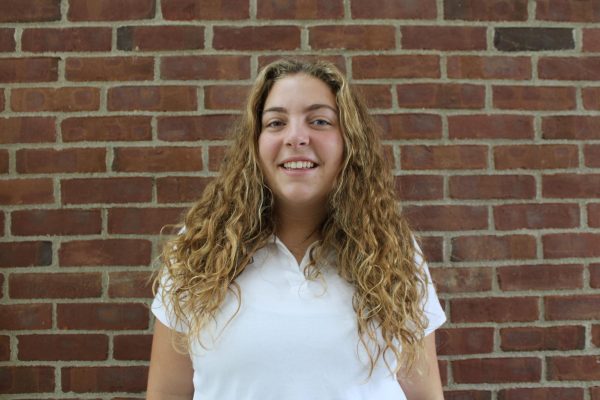For over 3,000 years, yoga has deepened the connection between the mind, body, and spirit. Although the practice has evolved over time, it has kept its core value of finding inner peace. Spirituality goes hand in hand with yoga as they both connect conscious interactions with compassion, prayer, or trust in the divine, as well as a search for insight, according to omstars.com. This fall, Sacred Heart Greenwich began a faculty pilates program to provide its staff with an opportunity to connect with their inner peace and guidance. The seniors will also incorporate yoga into their health education classes.
Originating in India, yoga is a timeless activity passed through generations. In fact, Hindu scriptures even adapted spiritual yoga practices into their religious traditions, according to floridatoday.com. The Vedas, composed around 1500 BCE, are the first written accounts of yoga. Over time, yoga evolved into a more spiritual discipline, as detailed in the Upanishads, which are sacred texts from around 700 BCE, according to jvision.medium.com. The origins of yoga stem solely from spiritual Hindu beliefs and later revolutionized to physical exercise.

Hindus believe that yoga is a religious practice that helps followers be closer to the divine through breathing and movement. They also believe that it can achieve the spiritual goal of union with a higher power, according to hinduamerican.org. There are four main yoga practices that Hindu people incorporate into their religion: Jnana, Raja, Karma, and Bhakti, according to bbc.co.uk. These four practices focus on knowledge, action, devotion, and meditation.
As yoga grew in popularity 1,000 years later, Southeast Asia began to adopt the practice. In these regions, yoga became incorporated into more Buddhist practices, and followers used it to attain spiritual enlightenment and liberation from the cycle of reincarnation, similar to Hinduism. In East Asian cultures, yoga was adapted to fit the local philosophical and spiritual beliefs, resulting in the development of unique styles of yoga, such as Zen and Taoist yoga, according to jvision.medium.com.
Although yoga has changed over time, it still tends to focus on physical activity, breath control, and meditation, all aimed at achieving spiritual enlightenment and union with the divine. The key to yoga is to control one’s inner self and create a sense of calm in the consciousness. Yoga also requires self-discipline by stepping out of one’s comfort zone and experiencing the practice spiritually.

Meditation is a part of yoga that also combats mental health issues. Yoga helps people relax and reduce their stress response. The brain’s frontal lobe tends to think and stress constantly. However, while practicing yoga, the brain releases chemical gamma-aminobutyric acid (GABA), a neurochemical responsible for regulating nerve activity, causing a person to calm their brain and have a more positive mindset. It also helps brain cells develop new connections and change brain function, improving memory and awareness, according to health.harvard.edu.
In correlation with health classes at Sacred Heart, seniors will soon begin participating in yoga. Mrs. Christina Cauliffe, Head Athletic Trainer and Upper School Health Teacher, introduced the activity this semester, drawing inspiration from the yoga classes the sophomores took earlier this school year. Mrs. Cauliffe emphasized the importance of a good instructor in yoga to help students who are distressed and learn more about the activity.
“The instructor has a great way to relax students while keeping them grounded in themselves and distressing their minds. She has worked with various skill levels in yoga and can make the appropriate modifications. The instructor also has been to Sacred Heart before and has a great disposition about her,” Mrs. Cauliffe said. “I thought this was a great way to either introduce the seniors to yoga or provide a great experience for those who have practiced yoga before.”
Sacred Heart also offers mindfulness programs for faculty and staff. These activities take place after school and before school. Pilates is one of the new offerings to help connect faculty and release negative energy. Pilates originated from yoga in the 1920s, as Mr. Joseph Pilates explored a fusion of yoga and martial arts to enhance his body movement, culminating in the creation of pilates. He used his practice in World War I and later brought it to New York to help athletes work on strength and flexibility, according to webmd.com. Similarly to yoga, pilates focuses on balancing the entire body, but more importantly it emphasizes strengthening the core, according to everydayyoga.com. Mrs. Jennifer Bensen, Director of Student Leadership, Health, and Wellness, commented on the importance of the new specialty pilates programs for faculty and staff to decompress.
“We are currently running a pilates class after school on Tuesdays for educators interested in that. There is a Sacred Heart parent who is a certified pilates instructor and she leads those classes,” Mrs. Bensen said. “The intention of this wellness activities for Sacred Heart educators is to provide them with some engaging activities designed to reduce stress, build community, and focus on their personal wellness.”
Featured Image by Ellie Furman ’26




